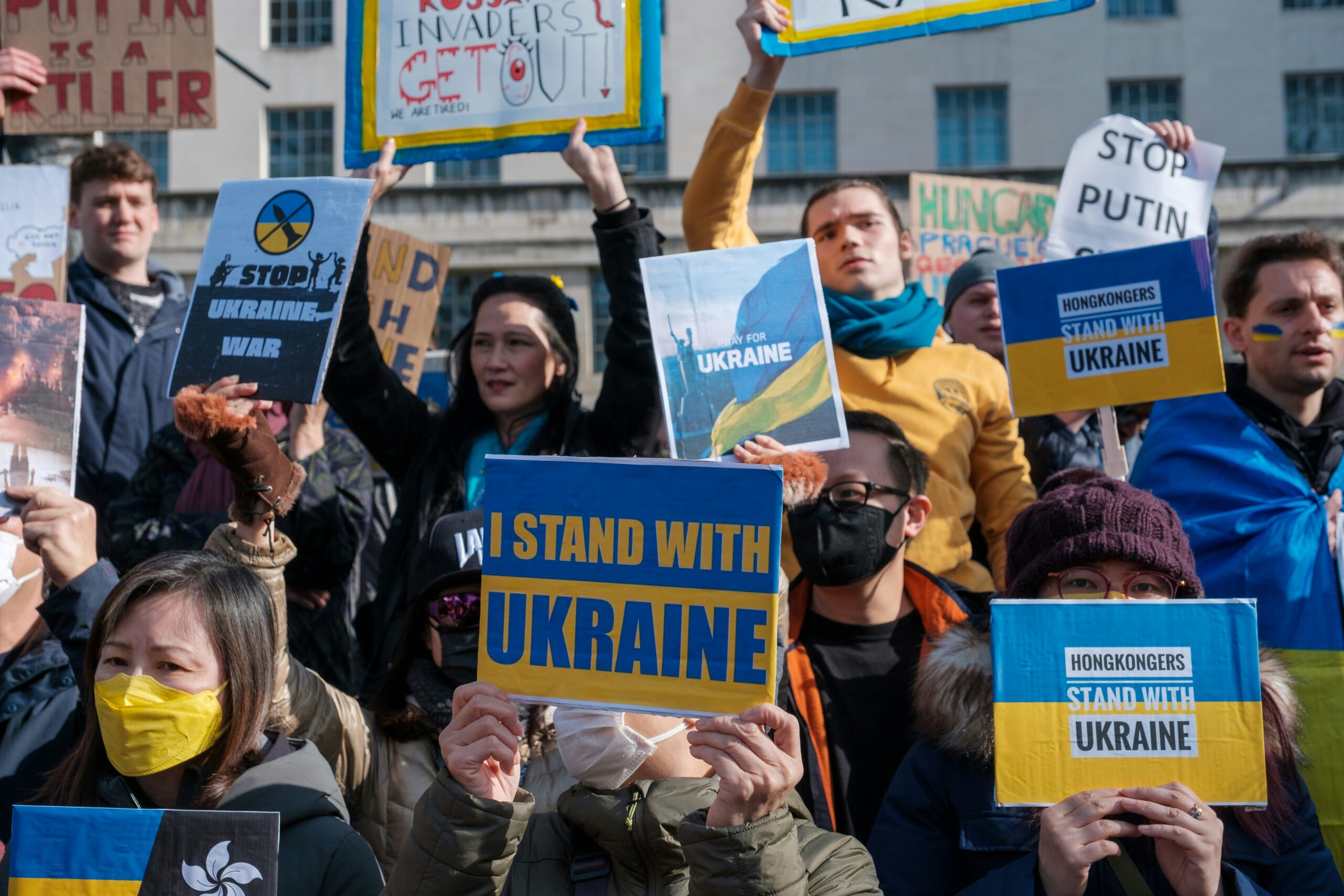
In a pivotal moment that could reshape Eastern European geopolitics, U.S. President Donald Trump and Russian President Vladimir Putin are scheduled to meet this Friday in Alaska. The summit aims to address the protracted conflict in Ukraine, which has seen Russian forces occupying approximately 20% of the nation’s territory.
Key Facts
- Trump and Putin will deliberate on possible ‘land swapping’ arrangements.
- Russia aims to retain control over significant portions of Ukrainian territory.
- The U.S. President expressed intentions to reclaim some territories for Ukraine.
- Ukrainian President Volodymyr Zelenskyy stands firm against ceding land to Russia.
- Russia controls strategic regions in Eastern Ukraine, intensifying the conflict.
Background
The leaders’ discussion is expected to center around territorial concessions, a contentious issue given Ukraine’s strong resistance to losing more ground. Trump hinted at a news conference that the goal is to recover ‘prime territory’ that Russia currently occupies. However, the complexity of the situation is highlighted by the suggestion that Ukraine might need to relinquish control over some regions it holds.
Zelenskyy has been vocal about his opposition to any agreements that involve ceding Ukrainian land to Russia, a stance that aligns with the Ukrainian constitution which prohibits such acts.
What We Know
Russia’s territorial ambitions include full control over Ukraine’s eastern regions such as Luhansk, Donetsk, Zaporizhia, and Kherson, with significant parts already under occupation since 2022, alongside Crimea annexed in 2014. The ongoing conflict has seen a shifting front line, with the current active zone stretching approximately 1,000 km through several Ukrainian regions.
Despite the ongoing conflict, the U.S. has not imposed new sanctions on Russia post the discussed deadline, instead levying tariffs on India for its continued oil trade with Russia.
Official Reactions
While Trump’s administration pushes for a ceasefire to be negotiated at the Friday meeting, Putin’s demands include not only territorial gains but also Ukraine’s neutrality, abandoning its NATO membership aspirations. These positions reflect a broader strategic aim to diminish Western influence in Eastern Europe.
What’s Next
The outcome of the Alaska summit could significantly impact the geopolitical landscape in Eastern Europe. A potential agreement or continued impasse will influence future U.S.-Russia relations and the broader international response to the Ukraine crisis. Observers around the world await the results of this high-stakes diplomacy, which could either pave the way for peace or herald a new phase in the conflict.